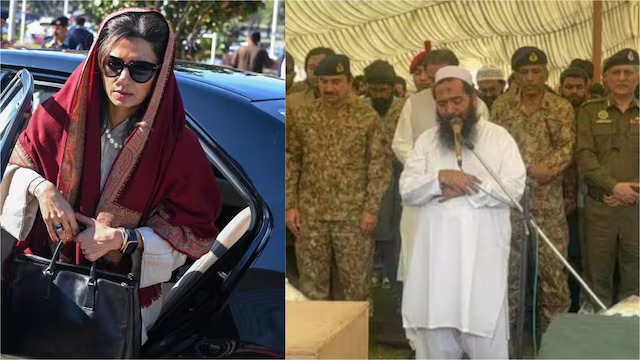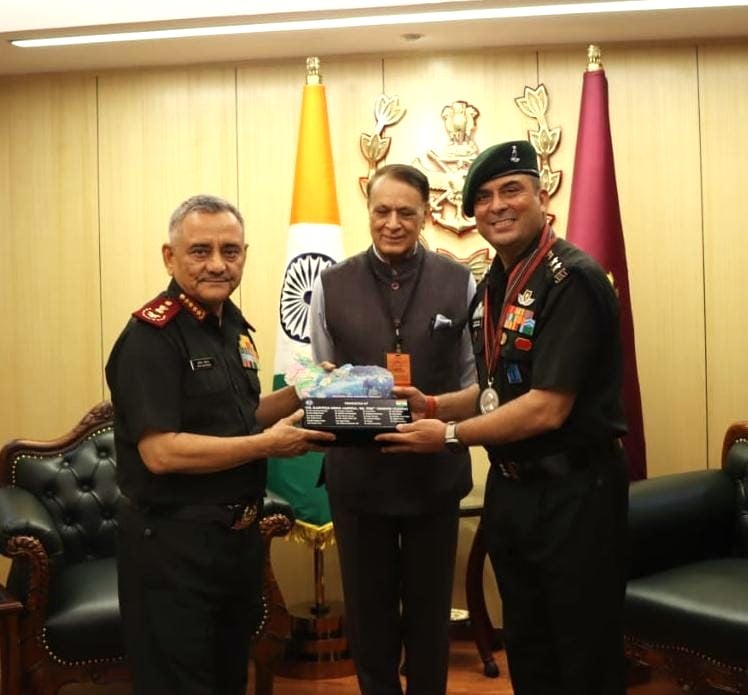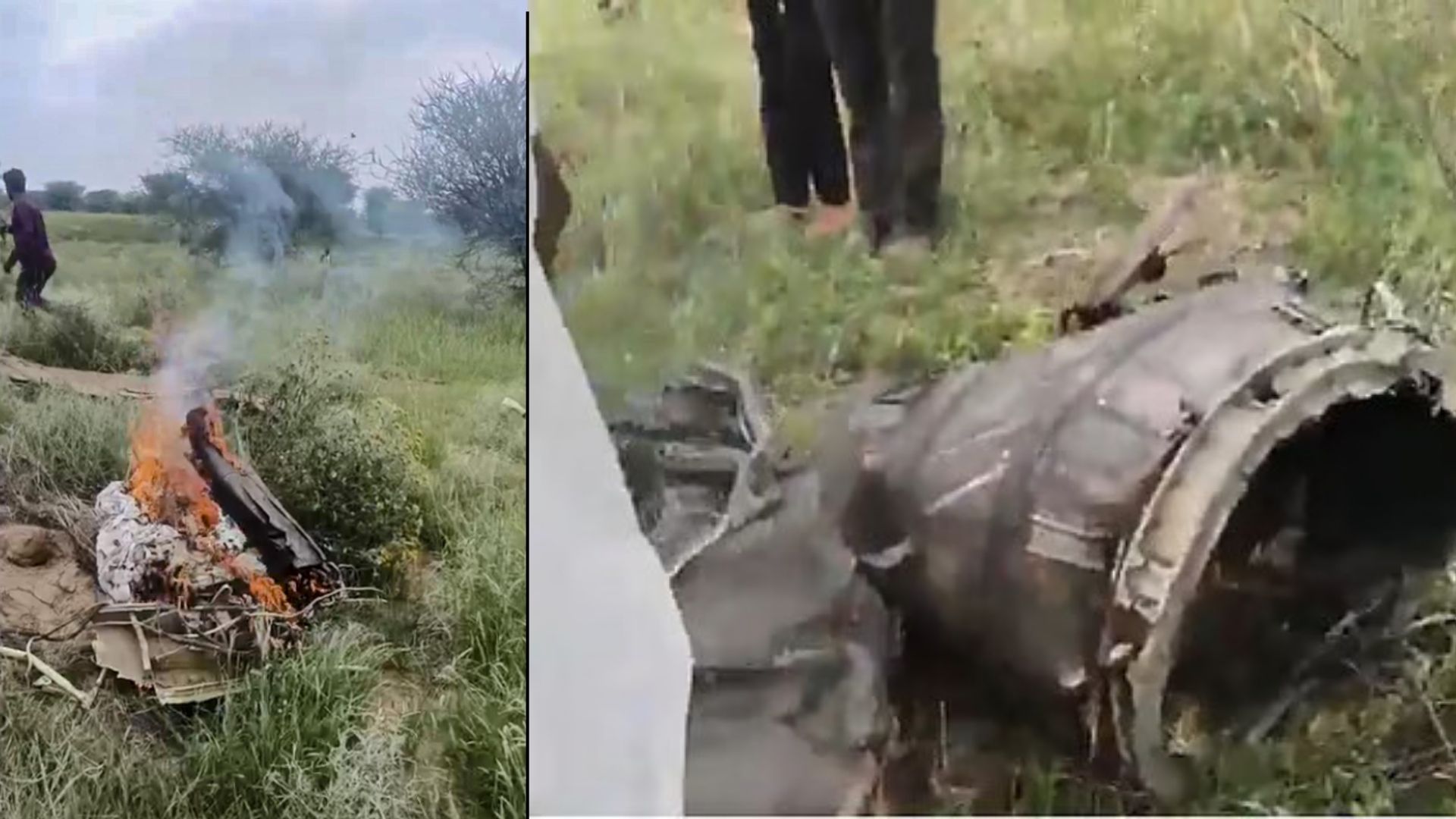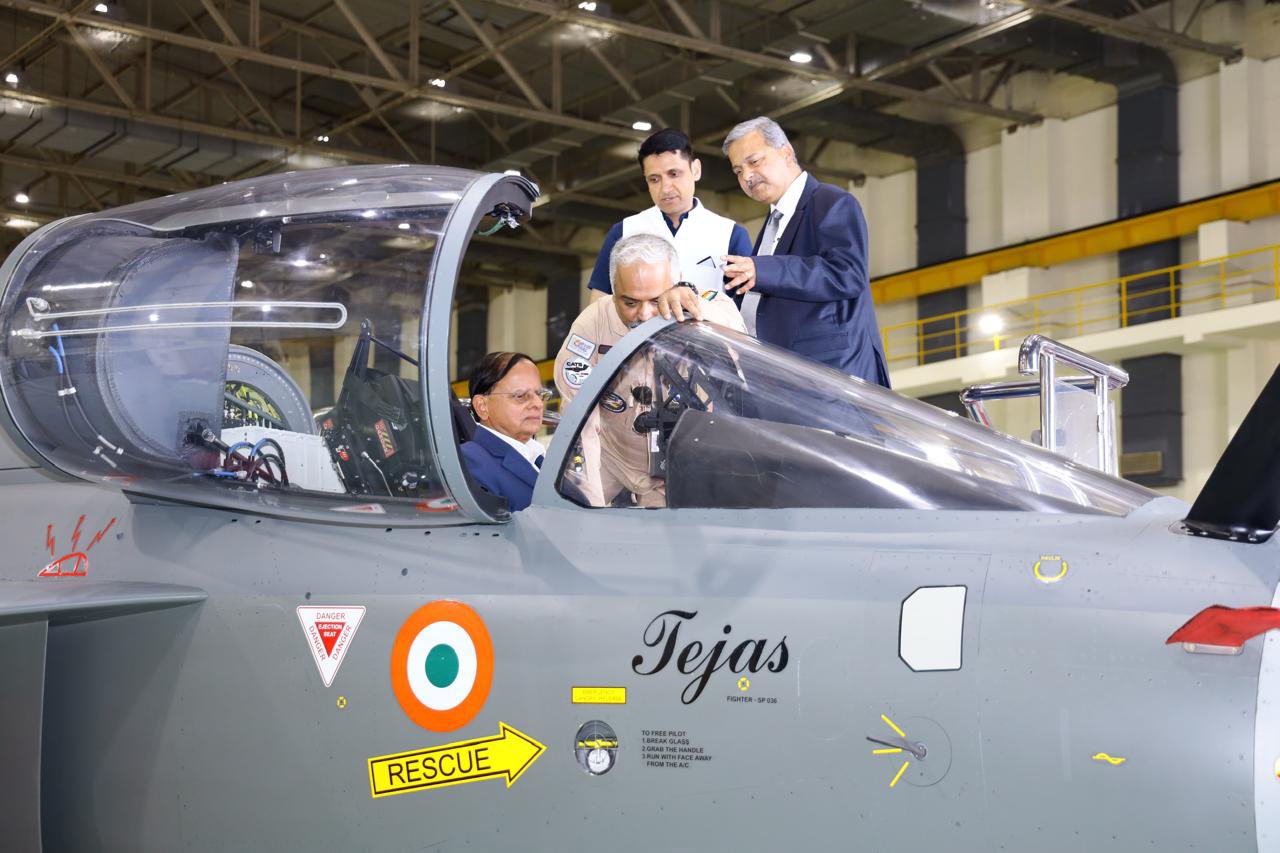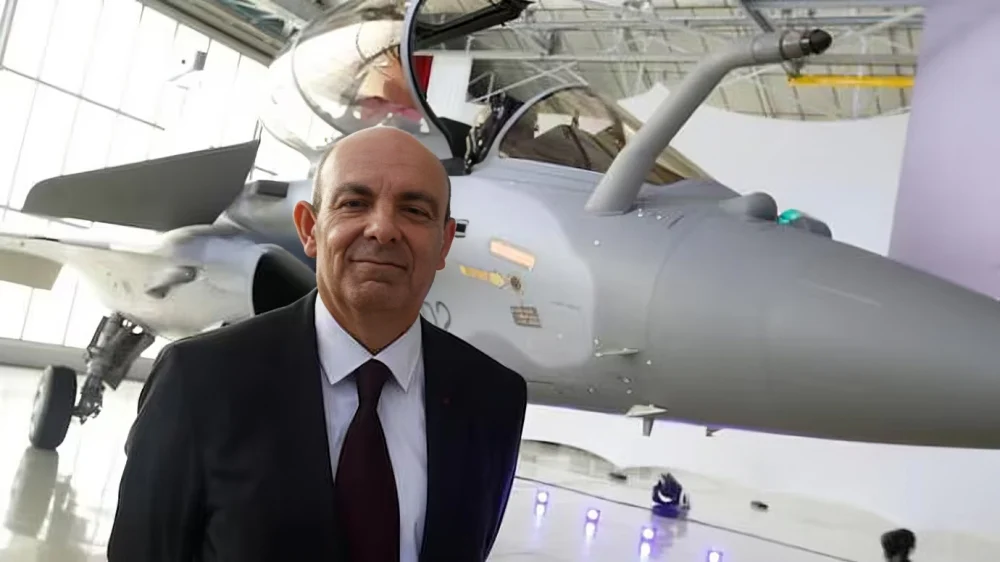‘A Million Abdur Raufs in Pakistan’: Hina Rabbani Khar’s Attempt to Downplay US-Listed Terrorist Backfires on Live TV
Former Pakistani Minister of State for Foreign Affairs Hina Rabbani Khar faced an uncomfortable moment during a live interview on…
CDS Felicitates Colonel RS Jamwal for Receiving MacGregor Memorial Medal 2024
Colonel RS Jamwal, Director of the National Institute of Mountaineering and Adventure Sports, was felicitated by Chief of Defence Staff…
Indian Air Force Confirms Death of Both Pilots in Jaguar Crash; No Civilian Damage Reported
An Indian Air Force Jaguar Trainer aircraft crashed during a routine training mission near Churu, Rajasthan, on Wednesday afternoon, resulting…
Principal Secretary to PM Reviews Indigenous Defence Projects During HAL Visit
Principal Secretary to the Prime Minister, P K Mishra, visited Hindustan Aeronautics Limited (HAL) in Bengaluru on Tuesday to review…
Dassault Slams Reports on Rafale Jet Loss, Denies CEO Statement
As per The Economic Times: Operation Sindoor kicked off on 7 May with India launching a high-intensity air campaign. Pakistan’s…
Indian Air Force Jaguar Fighter Jet Crashes in Rajasthan’s Churu District
An Indian Air Force (IAF) Jaguar Fighter Jet crashed in the Churu district of Rajasthan on Wednesday afternoon, resulting in…

